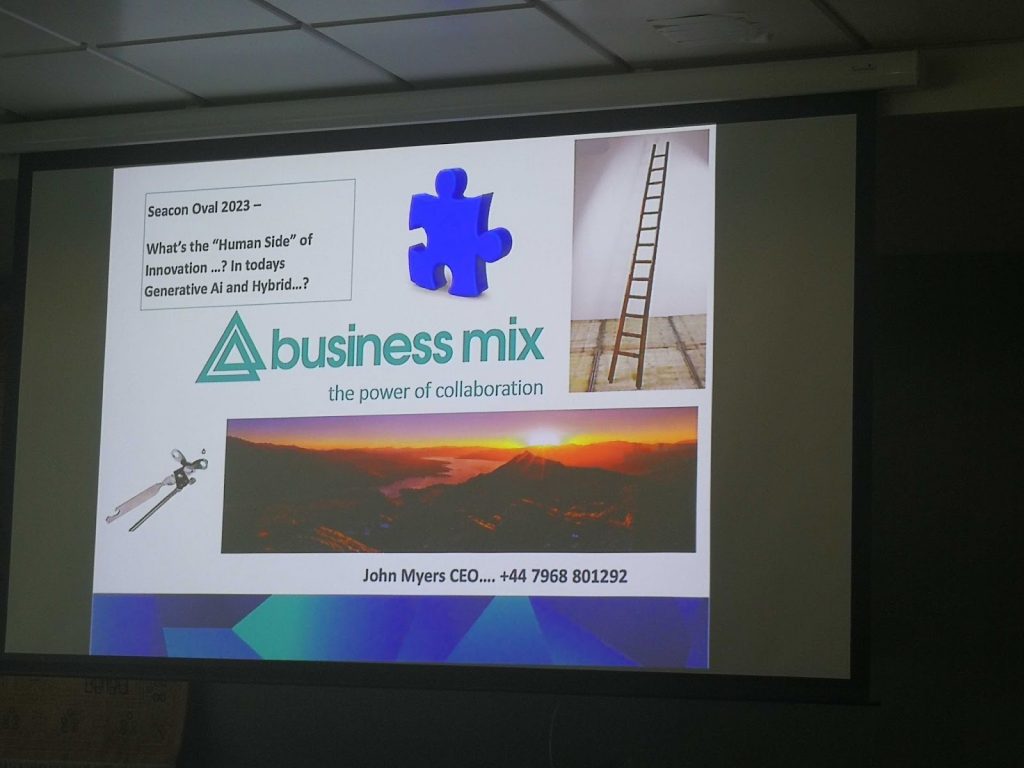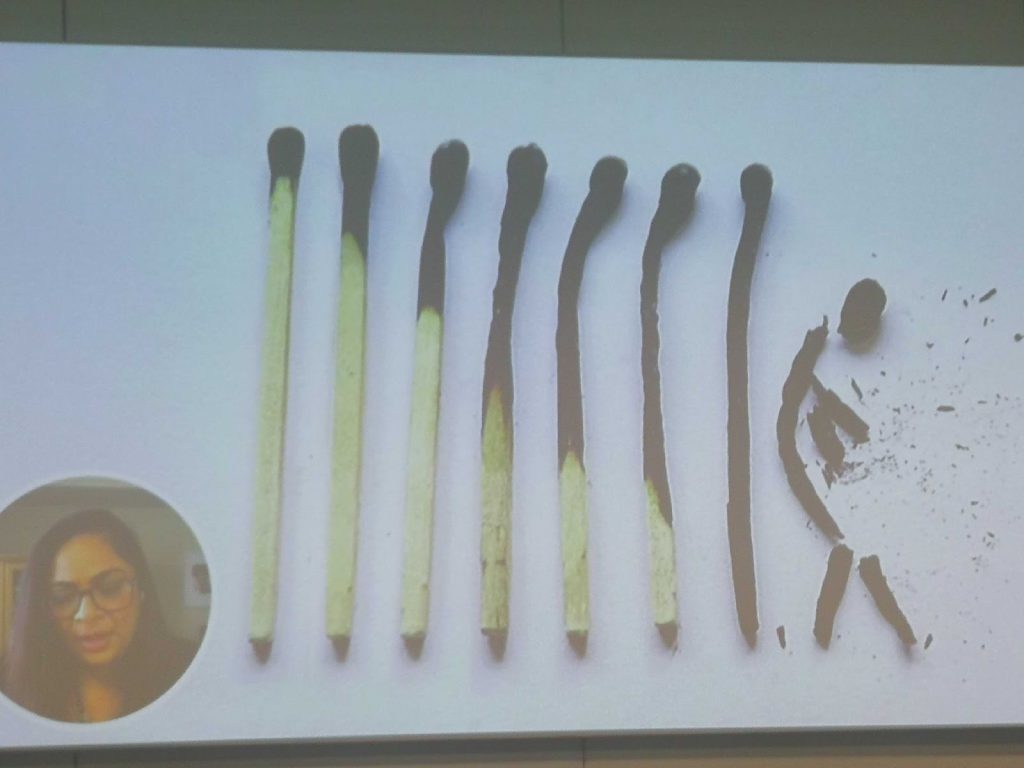Using your curiosity to innovate through experimentation is something we value at Caplin, and something we do during our dev days and hack days. This year’s SEACON often focused on different kinds of experiments to enable a focus on delivering value as efficiently as possible – ideas that we can take into our daily practice and help us to continuously improve.

This year, SEACON migrated south of the river, from the Olympic Park to my old stomping ground, The Oval. It featured several conference favourites like Jon Smart, Dan North and Simon Wardley, so thanks for everything Barry.
I also intended to deliberately attend some sessions that weren’t my top picks, trying to extend my range and sample the diversity that this conference brings to the stage. I felt this good intention wavering on the day, but was helped in my resolve when travel disruption from Storm Babet introduced some Agility to the schedule. Adaptation, and responding to change in action.
SEACON is a conference about Enterprise Agility. This year, it was divided into three main tracks: Enterprise Agility, Agile Leadership, and Start Up/Scale Up. I’d intended to sample talks from each but in fact was tempted to attend the same stream repeatedly, so that I did not miss some of my favourite speakers. Ideally I’d be able to be in two places at once, or maybe three…

For me, the most serendipitous talks were from John Myres and Lt. Eugene Ligate. These talks were about leadership. John talked about encouraging, identifying, and empowering your future leaders, ‘ladder leadership’, and expanding your horizons. Eugene highlighted that the best training in the world doesn’t necessarily prepare you for the reality of joining the ‘fleet’, where raw late teenagers might be giving orders to Chief Petty Officers with two decades of service. But if they can embrace the ideal of working as a team, in multiple different scenarios, and be able to take that humility to each new team, they will succeed. He also described to us how in the Navy there is a ‘time to manage’, and a ‘time to lead’. And you need to know which is which and adapt accordingly.
After an excellent lunch (what else at The Oval? — thanks again Barry), and some fun conversations around tech and AWS Serverless, I spent the afternoon in the Enterprise Agility track. The first set of talks covered topics like creating values to live by and scoring yourself on them at intervals. Values like ‘we focus on value delivery over perfection’ and ‘creating ecosystems not silos’. Both focus on bringing teams together and identifying synergies, or at least remove conflict and don’t duplicate work that another team is already doing. They also covered avoiding burnout and giving people room to thrive, not just survive. This session ended with thinking asynchronously, not just at the code level, but also at the AWS serverless architecture level, and how Domain Driven Design and Bounded Contexts can help in those thought processes.

The final two talks were from two titans about their secret sauces. Except they can’t be very secret as they are both more than happy to talk about them. The comperes’ work had been cut out from earlier that afternoon. Having to leverage Jon off the stage, he now had to fill in until Dan arrived on stage, and then counted Simon in with ‘hold’, ‘hold’, ‘go!’.

Dan’s talk focused on his ‘process’, at least in part, including VESSA. Where he said even if you only do the first and Visualise, that can help to eliminate waste and make things more efficient and reduce the cycle time from idea to value delivery, even without getting to Eliminating, Simplifying, Standardising and Automating.
Simon’s talk focused on Maps, which are not Graphs, as they have a clear orientation, and you can see the direction of travel. In particular they help to identify where you could Innovate, Leverage and ‘Commoditise’ within your ecosystem.

This was not my first SEACON, and I enjoy going not just for the talks and the new ideas, and new experiments to try out back at base, but also for the conversations in the gaps, breaks, lunch and after. Conversations where we can explore ideas with like minded people who are friendly and happy to talk about their experiences too. This ethos was also apparent at the beginning of Dan’s talk, before he had said anything, when he asked us to take a minute and talk to the person next to us and describe the most awesome new thing we had learnt from the talks so far. I am already looking forwarded to next year’s SEACON, so we can do it all again.
CODA: Do Innovators dream of purple sheep? At the end of the talk from Helen Garcia on the Innovation Funnel, there was an example of how to innovate to get people to your talk at a conference (not this one). Zero budget might make you feel you can’t compete. But a custom T-shirt, a can of spray paint, and some purple sheep (and the farmers’ permissions) will make you the talk of the conference. Devoting an hour a week to ‘bored time’ to think about innovations and experiments might be easier, but just as cost effective in your own organisations. You may not have much of an innovation pot, but remember your Users, Speak Up and Be Bold.
